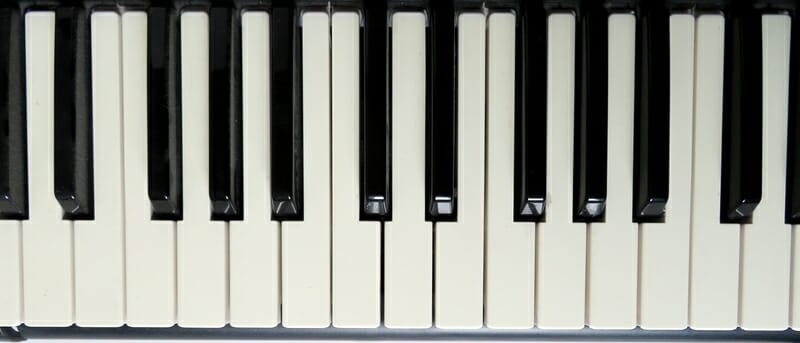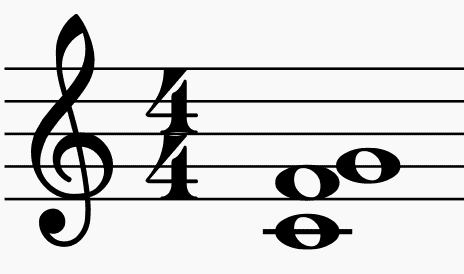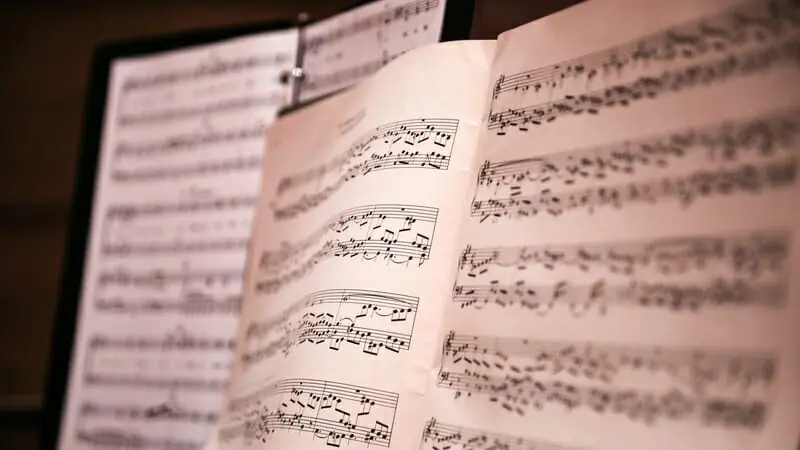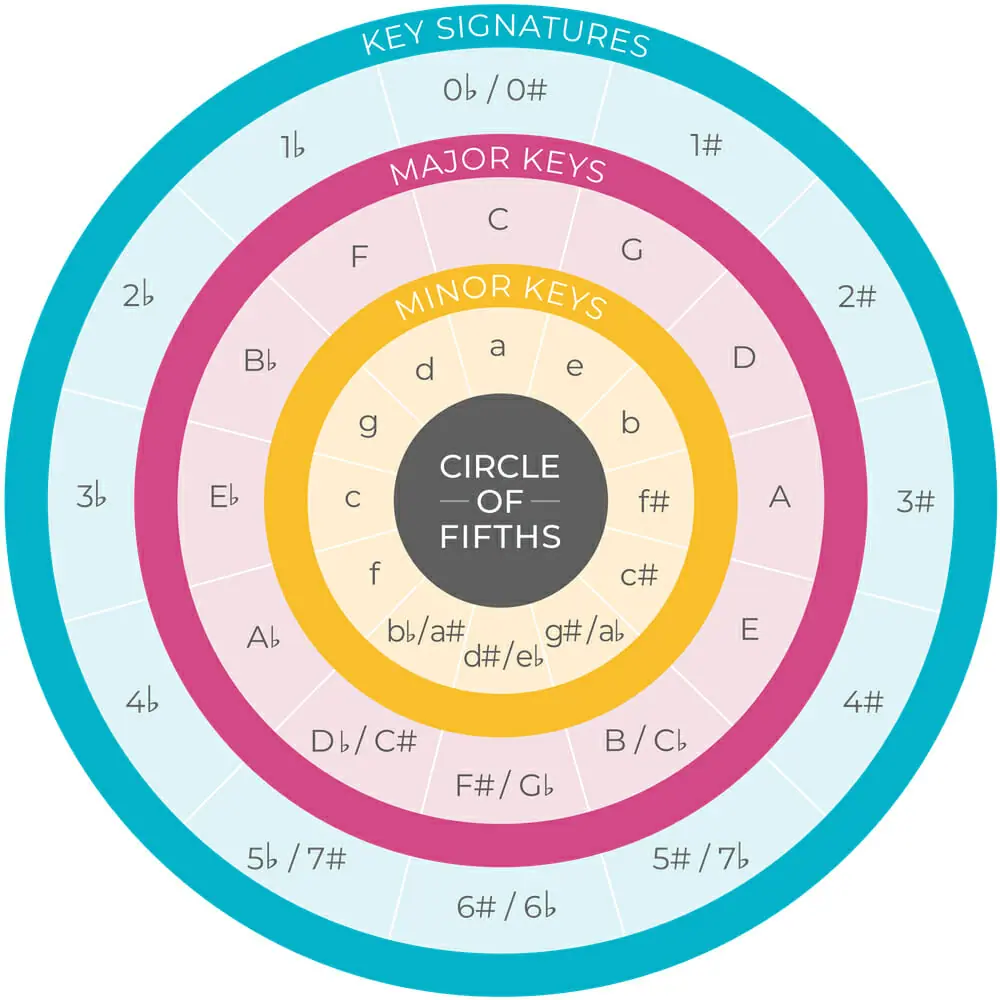Surprise is one of the most effective tools on the songwriter’s toolbelt.
There are many ways to surprise your listener. And one uncommon but impactful method is to change the key of your song part way through.
I’m sure you’re familiar with famous key changes, like Bon Jovi’s “Livin’ On A Prayer” or Whitney Houston’s “I Have Nothing.”
But how do you change the key of your song? And how do you do this without sounding cheesy?
Should You Use a Key Change in Your Song?

Most of the key changes you’d recognize are from the ‘80s and ‘90s.
Current artists still change keys in a song. But it seems like it doesn’t happen as much anymore (at least in popular music).
This begs the question, “Are key changes out of style?”
On the surface, it might seem so but not necessarily.
You can still use a key change and end up with a great song. Here are a few things to keep in mind when considering a key change.
Change Keys for a Reason
Don’t just change keys for the sake of changing keys. Don’t do it just to seem cool or creative.
And don’t do a key change just because you didn’t write a bridge but you still want a lift at the end of a song.
Every decision you make as a songwriter must support the idea of the song.
Why are you changing keys? Is it to support the song? If not, don’t do it.
Change Keys in Your Own Style

If you decide to change keys, it may be tempting to do it like the masters of key changes.
The problem is most key changes you know probably happened 30 or 40 years ago. So the arrangement and production style may not fit the current music landscape.
So just remember to change the key in your own style.
Take the knowledge of changing keys (which we’ll cover below), and use it within your personal music-making process.
Change Keys Rarely
The reason key changes can work so well is because they’re rare. They’re surprising.
And surprise is a powerful songwriting method.
If every other song of yours has a key change, your listeners will come to expect it. And they may even get tired of it.
So only switch keys within a song on a rare basis.
Songs with Key Changes
To remind you of some of the epic key changes you know, I want to quickly cover four examples.
Michael Jackson – “Man in the Mirror”
In classic ‘80s fashion, this song jumps a half-step at 2:53, about halfway through the song.
Beyoncé – “Love on Top”
This song is a celebration that love is finally prioritized as the most important thing. So the four key changes fittingly build excitement.
It was a bold move, but it fits the song.
The key changes at 1:44, 2:04, 2:25, and 2:45, going up a half-step each time.
Elliot Smith – “Miss Misery”
This is a lesser-known key change, but Smith implements it in his own style.
At about 46 seconds, he goes from the key of F major to G♯ major, then back to F for the rest of the song.
How to Change Keys Within a Song
You can change keys in many ways. But this post is an introduction to key changes, so I’ll cover four of the simplest ways to change keys in a song.
Use a Sus Chord
Changing keys with a sus chord is the most common method. That’s because it’s the quickest and easiest.
First, what’s a sus chord?
Sus stands for suspension. This is when the third note in a chord goes up or down a step.
A sus2 chord would drop the third note down a step, while the sus4 chord would raise the third note up a step.

So a G major chord is G, B, and D. A Gsus4 would be G, C, and D, while a Gsus2 would be G, A, and D.
Sometimes, a sus chord is written without a number (e.g., Gsus). In that case, treat it as a sus4.
So how do you use it to change keys?
All you do is play a sus4 chord of the root note in the new key.
So if you’re switching from G major to B major, you’d play a Bsus4 before going into the new chord progression.
Use the Chromatic Scale

The chromatic scale is simply moving up or down while hitting every note until you reach the next octave. This would include all the half steps (AKA semi-tones) and consists of 12 notes.
The way to change keys with the chromatic scale is to walk up (or down) until you reach the root note of the new key.
So if you want to change the key from G major to B major, you can use this walkup: G – G♯ – A – A♯ – B.
This is a simple method, but it leaves room for a lot of rhythmic creativity in the transition from one key to the next.
Find Common Chords
A slightly more difficult method is to find common chords between the two keys. This way does provide a smoother transition if you do it right.
First, you’d figure out the chords in the key you’re in. Let’s keep using G major as an example.
Here are the chords:
- G
- Am
- Bm
- C
- D
- Em
- F♯dim
Now let’s look at the key to which you want to transition.
To use this method, you’ll have to find a key that has at least one of the same chords. Let’s go with D major:
- D
- Em
- F♯m
- G
- A
- Bm
- C♯dim
As you can see, the G and D scales have plenty of chords in common: G, D, Em, and Bm. So it’ll be easy to find a way to smoothly transition to the new key.
Circle of Fifths
Let’s say you want to change the key from G major to B major. But you don’t want to use the chromatic method or the sus chord method.
Enter the circle of fifths.

You can use this music theory nugget for a lot of things, both simple and complex.
For the sake of this post, let’s just keep it simple. How can it help you go from one key to literally any other key with a theoretically sound chord progression?
Take a look at the highlighted section of this image:
You can start at C major and go around the purple circle clockwise. Play a never-ending chord progression that makes sense.
Say you want to go from G major to B major using the circle of fifths. You’d start at G and move around the circle until you get to B major.
It would look like this:
G – D – A – E – B
Then you can play your chord progression in the key of B major and the listener will have followed along.
Conclusion
So if you’re going to change the key of a song, remember…
Do it with intention. Do it in your own style.
And use key changes rarely so they have more of an impact when you use them.
Making music isn’t simply about showing off your music theory knowledge. It’s all about creating something that makes an impact.
And if you do it right, a key change can make a lot of impact.










